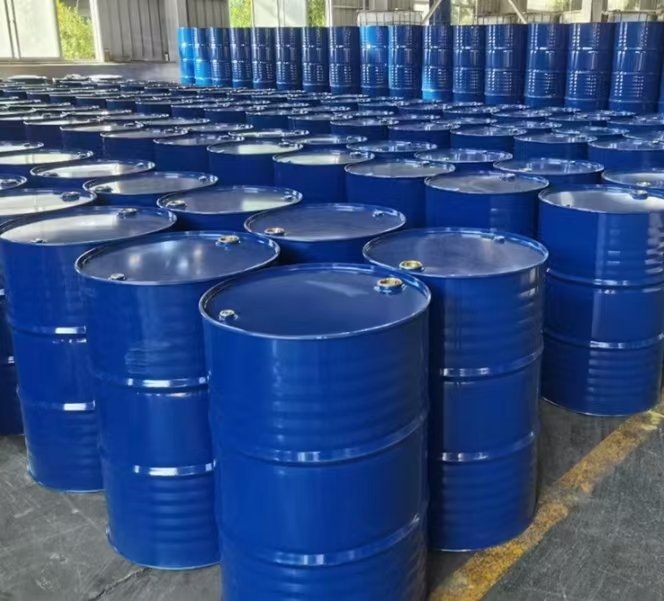The reason why silane coupling agents have both hydrophobic and oleophobic properties is mainly due to their unique molecular structure and functional groups. Silane coupling agents usually contain one or more silicon atoms, which are connected to organic groups (such as alkyl, amino, etc.) through oxygen atoms. This structure enables silane coupling agents to exhibit different properties in different chemical environments.
 1. Hydrophobic properties:
1. Hydrophobic properties: The hydrophobic properties of silane coupling agents mainly come from their siloxane chains1. Siloxane chains have low surface energy, which means that they are not easy to interact with water molecules. When silane coupling agents are applied to the surface of fabrics or other materials, their siloxane chains will spontaneously align on the surface of the material to form a hydrophobic film. This film prevents water molecules from contacting the surface of the material, thereby achieving a hydrophobic effect.
2. Oleophobic properties: The oleophobic properties of silane coupling agents are related to their reactivity1. Many silane coupling agents contain reactive groups, such as amino, thiol or vinyl1. These groups can react with functional groups in oils or other organic substances to form cross-linked structures. This cross-linked structure not only enhances the stability of the material, but also enables the surface of the material to resist the wetting and penetration of grease, thereby showing oleophobic properties.
In addition, silane coupling agents can also improve the softness and comfort of materials through the flexibility of their siloxane chains. This flexibility makes silane coupling agents more widely used in fabrics or other materials, and can meet the needs of both hydrophobicity and oleophobicity.
In summary, the reason why silane coupling agents have both hydrophobic and oleophobic properties is that their unique molecular structure and functional groups enable them to exhibit different properties in different chemical environments. This versatility makes silane coupling agents have broad application prospects in many fields such as textiles, leather, and coatings.
Disclaimer: The content contained in this article comes from public channels such as the Internet and WeChat public accounts. We remain neutral to the views in this article. This article is for reference and communication only. The copyright of the reprinted manuscripts belongs to the original author and institution. If there is any infringement, please contact us to delete it.